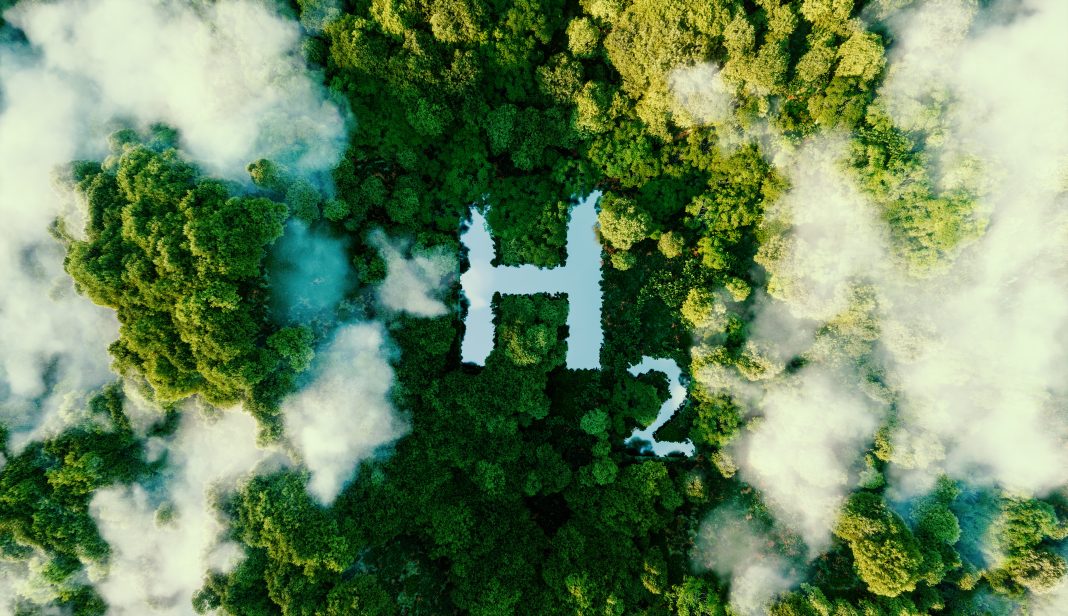Oman: In a recent report by the International Energy Agency (IEA), it has been projected that Oman has the potential to emerge as one of the largest suppliers of hydrogen globally. Currently heavily reliant on oil and gas for about 60% of its export earnings, the Gulf sultanate has set ambitious net-zero targets and aims to tap into its substantial low-carbon energy potential.
Current Statistics
While natural gas presently accounts for nearly all of Oman’s electricity generation, the IEA emphasizes that this is about to change as the country plans to harness its wind and solar capacity. The IEA also highlights that Oman intends to utilize this capacity to produce green hydrogen from desalinated seawater, paving the way for the country to become the sixth-largest hydrogen exporter worldwide by 2030.
According to the IEA, Oman envisions the production of 1 million tons of green hydrogen by 2030, with plans to expand this figure to 3.75 million tons annually in the following five years, and ultimately reach 8.5 million tons per year by 2050.
Moreover, at present, Oman exports only a fraction of this amount in the form of ammonia, which is widely regarded as the ideal form of hydrogen for long-distance transportation. The country’s current annual export rate of ammonia stands at approximately 200,000 tons. However, the IEA suggests that for Oman to become a major hydrogen exporter, this quantity would need to increase by 20 to 30 times.
Quoting the Energy Minister of Oman, The National reported, “The most economically rational action for us is to embark on using this as the most viable and sustainable energy of tomorrow, including decarbonizing power generation, local industry, and hydrogen production for export,” in response to the IEA’s forecast. Nevertheless, for Oman to establish itself as a prominent player in the green hydrogen market, significant investments would be required to build the necessary wind and solar capacity. The IEA estimates that the country would need around 50 TWh of electricity to meet its hydrogen production targets by 2030, surpassing its current total electricity output.







